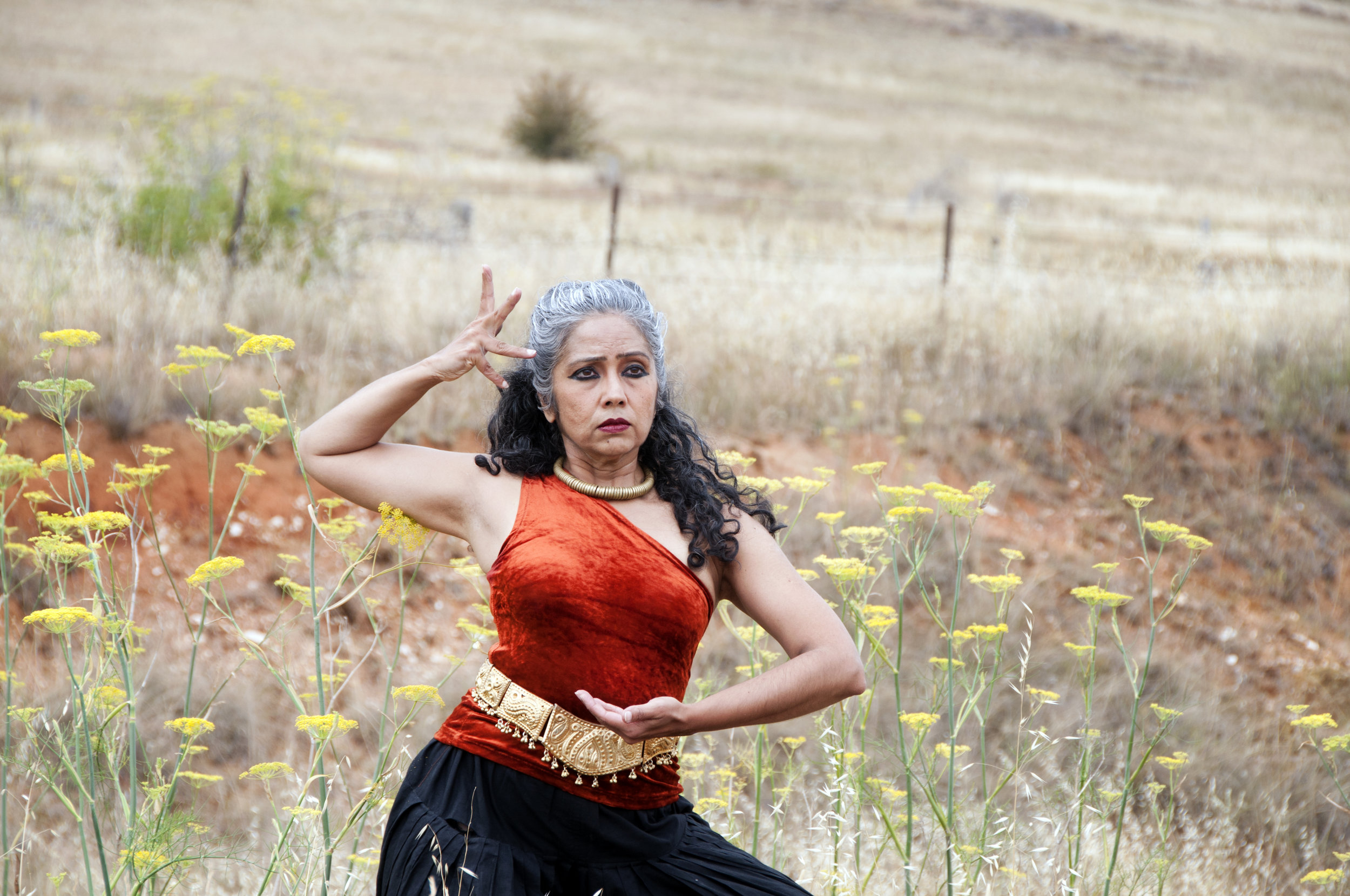What do karanas tell us about the nature of dance in Indian philosophy?
Karanas are like the seeds of dance, like the essential skeleton of the practice. However I do not think they should be interpreted materially as ‘positions’ or 108 steps that form some kind of basic exercises for preparation. I suggest they should be considered in the context of poetic compositions to deities which chant 108 names. These compositions appear random in the sense of logic or narrative but function as invocatory evocations, through largely symbolic imagery, of the attributes of the domains of the deity or archetype. Similarly Karanas invoke the attributes of the dance domain through symbolic embodiment.
Karanas are suggested not only as essential aspects of the dance practice but also as integral to the preparatory rituals. Thus they frame the nature and attitude towards the practice of dance. I experience Karanas as moments of essence, the initiating heart of movement, or the core experience. They are not important so much as form but as form holding an experience. This is true of the approach towards form in all modalities of Indian practice—mantra, yoga, ritual, sculpture and music. The form is the dwelling of the experience and we need to know how to surrender to enter that dwelling space.
Indian dance is about the heart of silence in the midst of formal opulence. I think this is true of many Asian performance modalities. The challenge is to find that delicate balance between form and its spaciousness, between noise and silence, because it is interplay between them and not choice between polarities.
When I was studying dance with my teacher he was impatient with my linear approach to learning—you know the usual ‘I need to get the form right before I can experience anything else’ stance. I learnt through my discipleship with him to navigate that balance which was always dynamic because it changed every day. And that dynamism also taught me to surrender the gluttony for accumulative learning, the quantitative drive towards ‘knowing’ more theory and more texts and the like.
Dance, as suggested by the Karana lens, is about learning how to find the essence and how to move in that space of silence and essence.
Image: Barbie Robinson for the book “Siva in Me”

